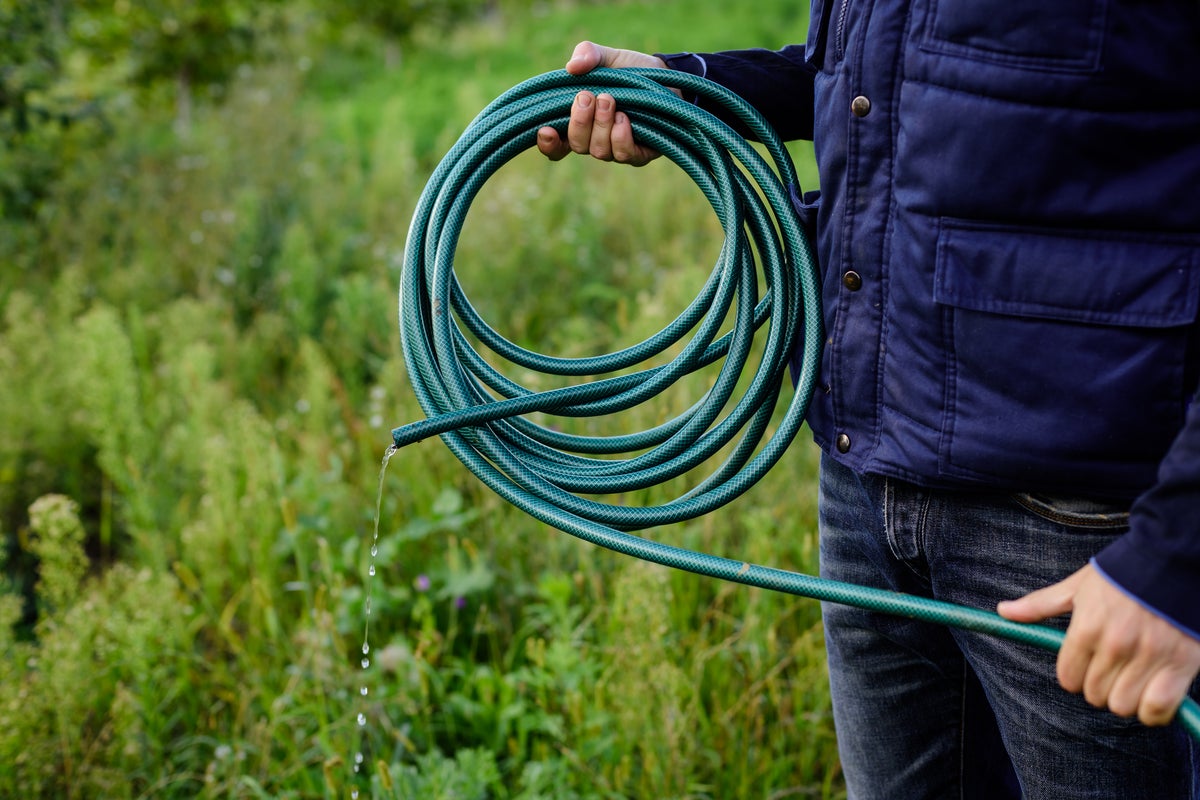Hosepipe bans have been introduced across England as Britons battle with a third heatwave this summer and temperatures climbing into the mid 30Cs.
After the driest spring since 1893, swathes of the country are suffering drought conditions and water shortages.
It has left nearly seven million Brits, which is more than 10 per cent of England’s population, facing restrictions on how they can use their water.
South East Water announced on Friday that 1.4 million of its customers in Kent and Sussex have been placed under a hosepipe ban after record levels of water consumption.
In their announcement of the ban, they stated that demand for water across the two counties had reached “the highest levels” this year and had “now reached a point where they have exceeded the limits in the company’s drought plan”.
They said that on 30 June, they supplied 680 million litres of water, more than 100 million litres more than the daily average for summer. “On days like this, we’re pumping enough water to supply an additional 4 towns the size of Maidstone or Eastbourne,” they said.
Just hours before the announcement, a hosepipe ban came into effect across Yorkshire, affecting 5.5 million residents.
Yorkshire Water said the region had both the driest and warmest spring on record this year, receiving just 15cm of rainfall between February and June, less than half the level expected in an average year.
Water demand had also been higher than usual, the company said, leaving reservoirs at 55.8 per cent full, which is 26.1 per cent lower than normal.
In late May, the Environment Agency also placed northwest England under “drought” status.
They said at the time that reservoir storage levels were already lower than they were during the 1984, 1995 and 2022 drought years.
On Saturday, the Met Office recorded UK temperatures peaking at 33C in Ross on Wye, with further warm weather expected on Sunday.
The UK Health Security Agency (UKHSA) put large swathes of England on an amber health alert on Friday, with authorities warning soaring temperatures over the weekend are likely to cause a rise in deaths.
Regions spanning from the Midlands to the south are affected, including London. Only the North East, North West and Yorkshire and the Humber have retained less severe yellow heat alerts.
These yellow alerts had been in place across England until Monday, but they were upgraded on Friday morning for the east and West Midlands, London, the east of England and the South East and South West.
The UKHSA says “significant impacts are likely” in the affected areas, including a “rise in deaths.”





.jpg?trim=0,0,0,0&width=1200&height=800&crop=1200:800)

